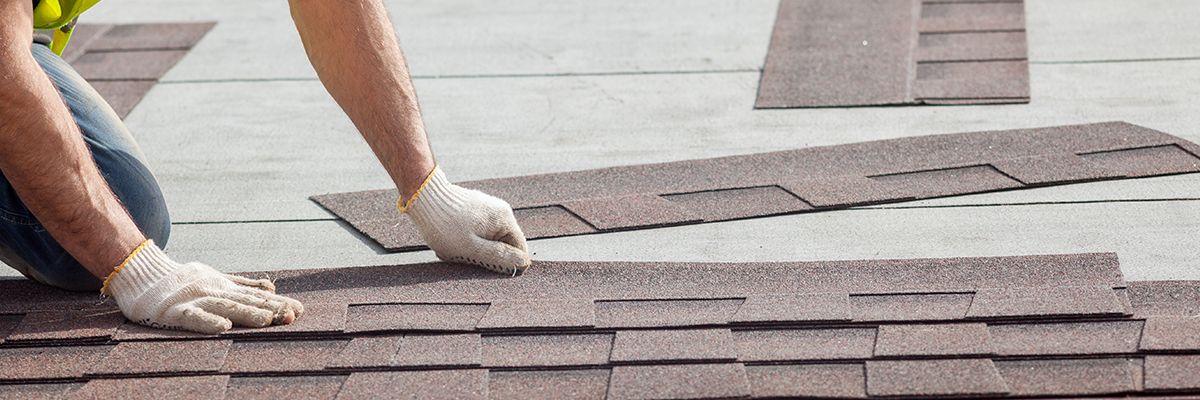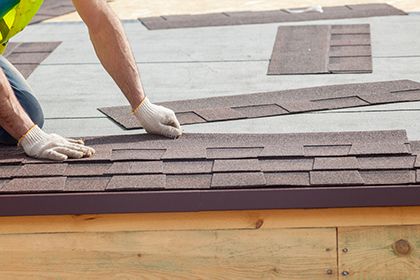Picture this: It's a sunny day in California, and Jane is looking for a roofer to fix the leaky roof of her 20-year-old home. She grabs her smartphone and types in "best roofers near me".
A list of roofing companies pop up, but Jane clicks on the one that loads fastest and provides the best mobile experience. That could be your roofing website, but is it optimized for Google's Core Web Vitals?
If you're thinking, "What on earth are Core Web Vitals?", don't fret. We've got you covered!
In this article, we'll dive deep into how these new measures from Google impact your roofing website design and how you can stay ahead in the digital roofing race.


